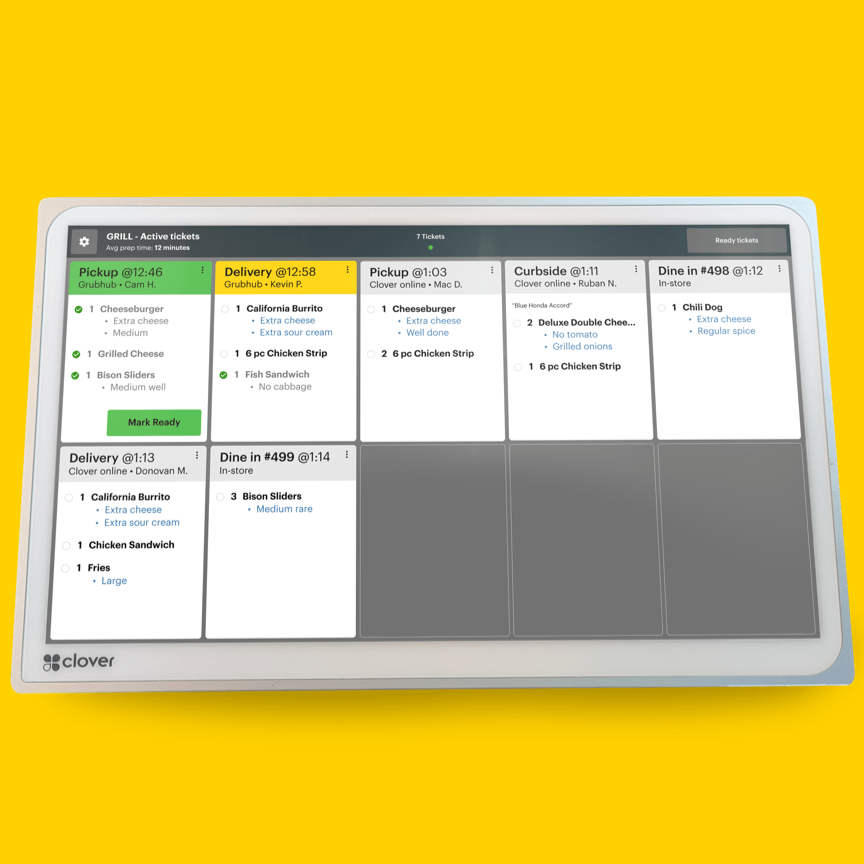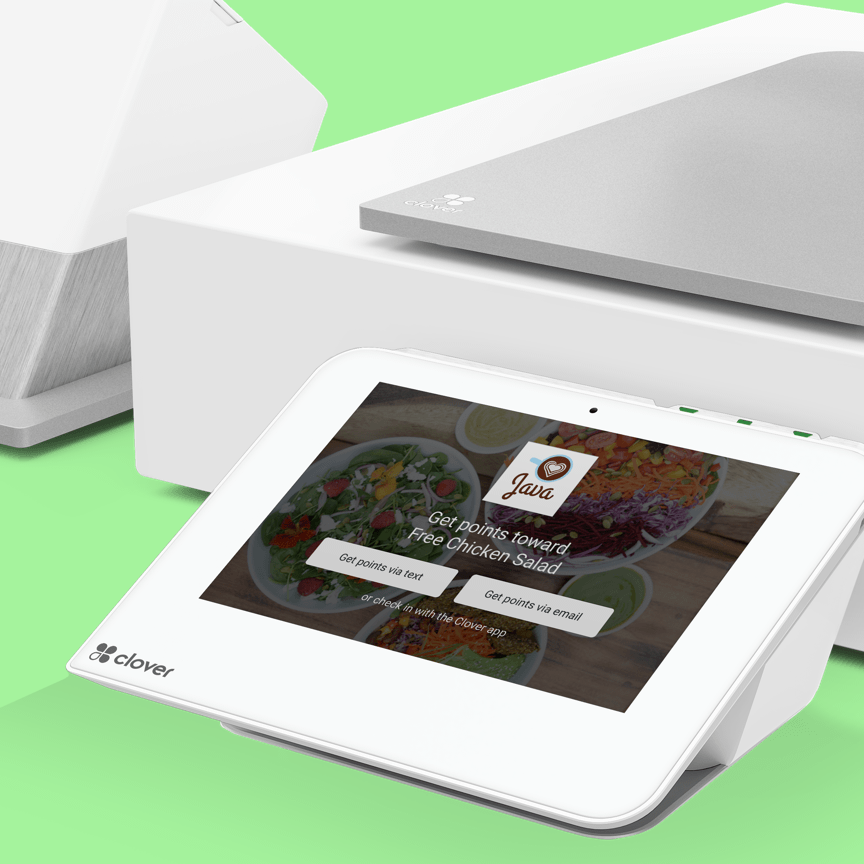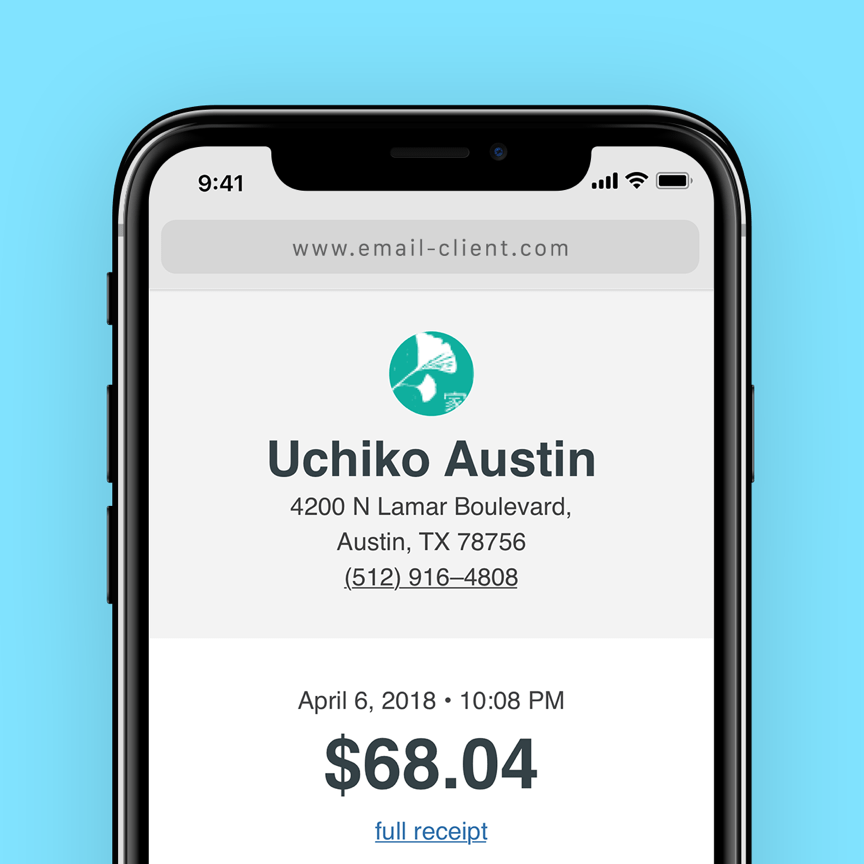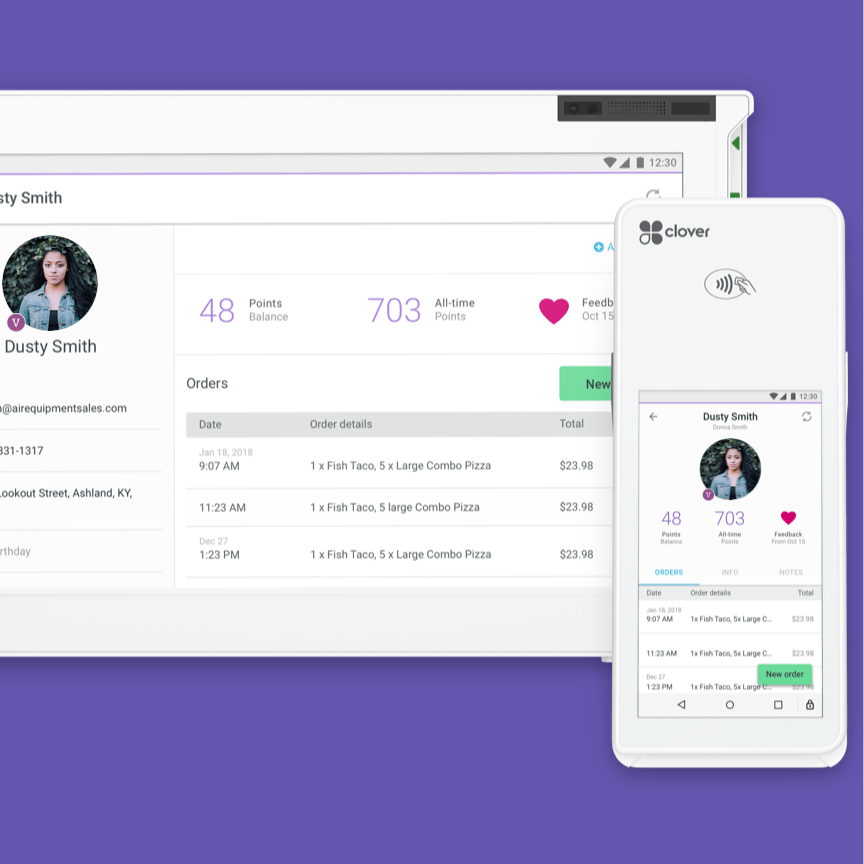Kitchen Display System
Kitchen Display System
Kitchen Display System
WORKFLOW MANAGEMENT

INTRODUCTION & GOAL
In an effort to provide more value to our merchants with a complete restaurant solution, Clover began planning a first-party Kitchen Display System (KDS). This would help our restaurant merchants manage their kitchen workflow with more efficiency, help attract more sophisticated restaurants who wouldn’t have considered our system sufficient for their needs previously, and create new upselling opportunities with our existing merchant base.
This project had the added significance of requiring new Clover hardware to be built, the first non-POS focused device in the company’s history.
PROCESS & EXPERIENCE
We knew from the beginning that we were designing for a specific user that we hadn’t previously: kitchen staff employees. We understood that they were more likely to use the device with their co-workers simultaneously, might not be able to easily reach the device, and may have difficulty using a touch screen with greasy, gloved hands. To understand these challenges better, we conducted on-site research by observing real restaurant kitchen operations, including their physical layout and workflow.
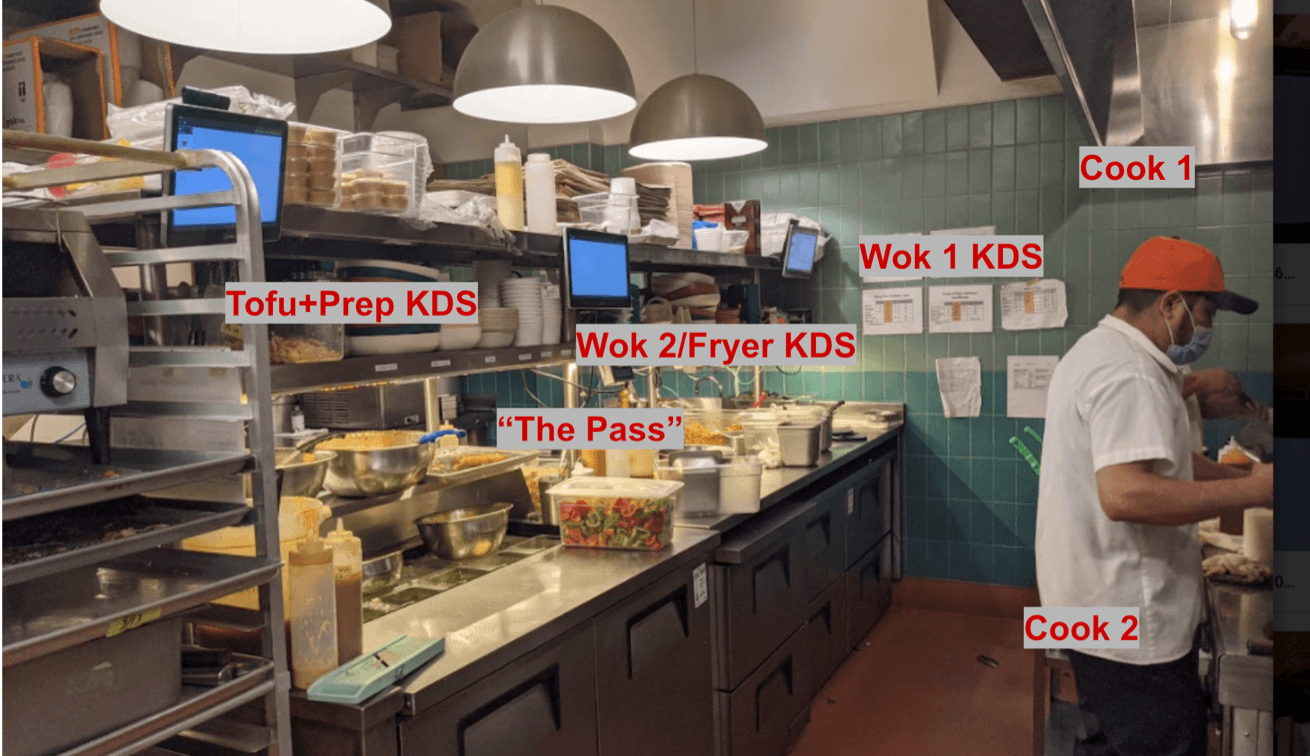
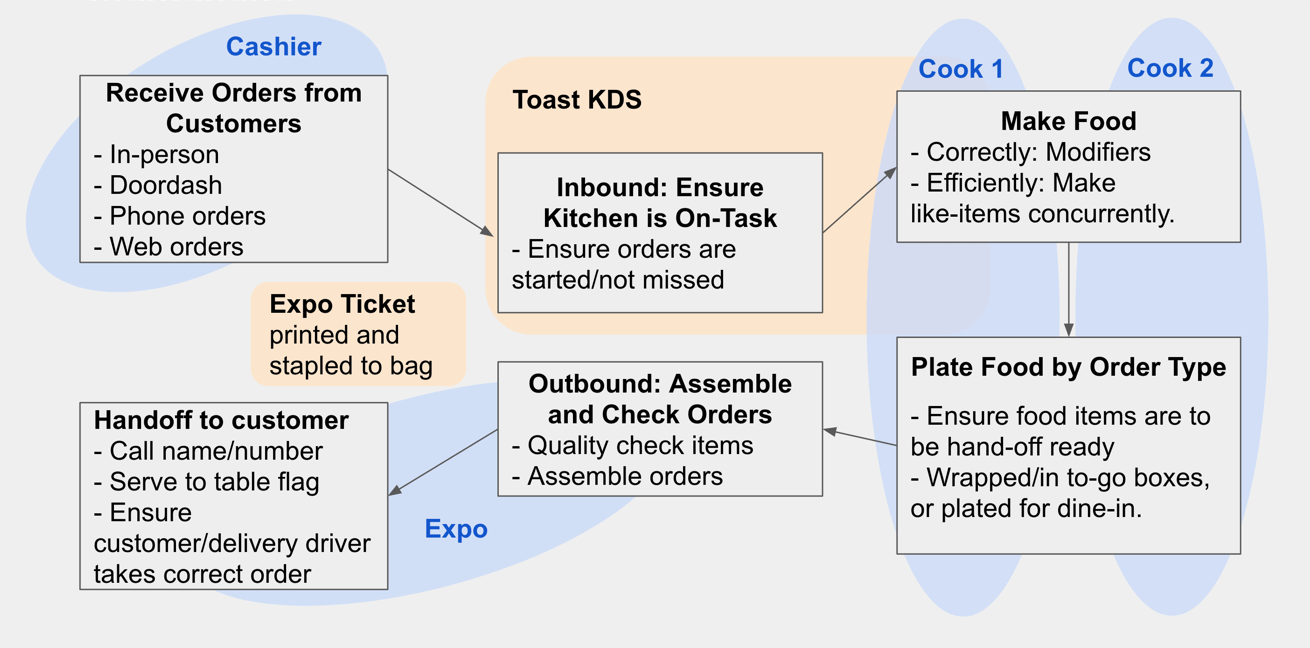
As we identified themes around user needs from our research, I began iterating through prototypes for two modes of our KDS experience: one for kitchen staff at individual stations, and another for "Expeditors" who oversee all stations and help with plating / packaging orders.
After two months of iteration, we field-tested the experience on the first units of our KDS hardware during a company lunch. Our users were caterers who had never seen these devices before.
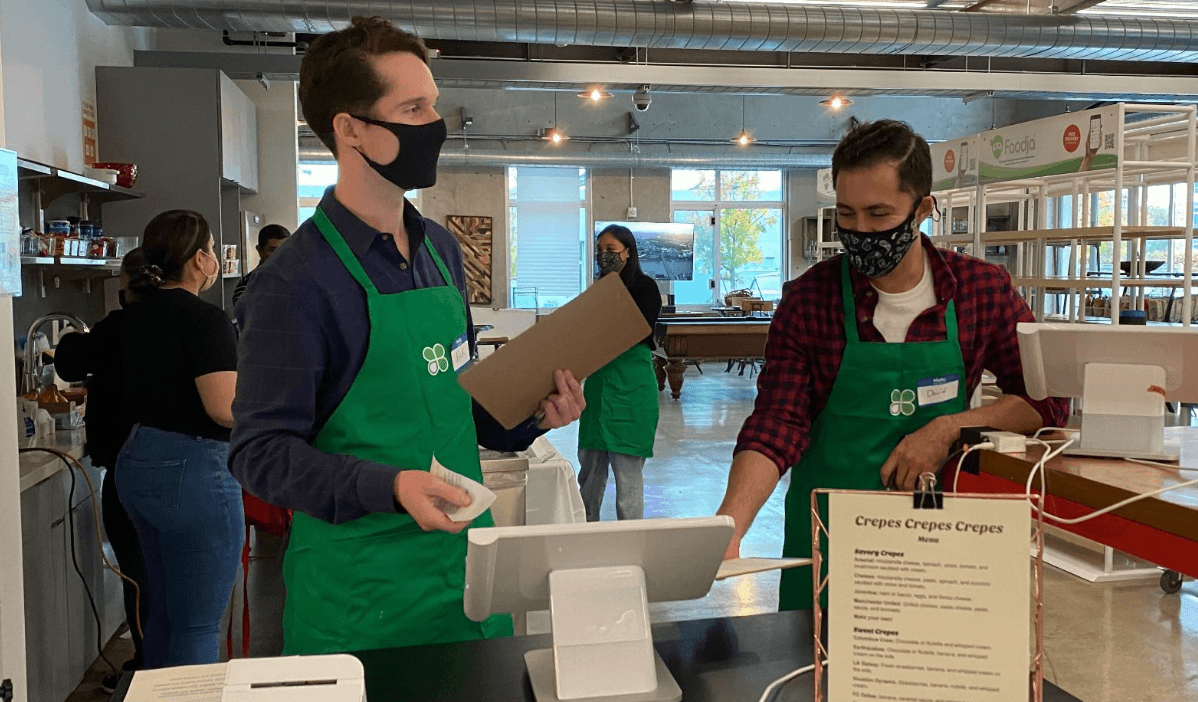

Through this, we discovered two areas for improvement:
1. When trying to view items in longer orders, the staff expected to scroll through the ticket, but the prototype only had explicit page up/down buttons which were initially ignored.
2. The expeditor mode needed a new state to indicate which items had been handed off to our "waiters," to prevent staff from remaking orders that had already been served.
After gathering the findings from our field test, I started iterating on concepts for marking items as “served”, “refired” and “cancelled”, as well as the out of box and setup experience. Our engineering team focused on implementing support for scrolling for longer tickets.
Before releasing to our broader merchant base, we would run a pilot program with 20 restaurant merchants to get additional feedback as they used our KDS experience to power their kitchens over the course of several months.
THE OUTCOME
As of January 2023, we are in the second round of our pilot program. Feedback from our first round has been largely positive, with most concerns being about syncing speeds between the KDS and the POS devices where orders are entered.
Merchants have commented that the KDS experience “works as it should”, and “proved to be better than paper tickets”.
They have not been shy about additional features they’d like, including:
• The ability to mark multiple tickets as “ready” in bulk
• An audio notification for new tickets
• The ability to show the server’s name on expo tickets
• An HDMI port to display KDS activity on larger screens
It’s been exciting to learn more about how our KDS experience has fared in real-life kitchens, and stood up to rushes, returned plates and other variables that come with the territory.
I’m proud of the teams conservative approach to release, and focus on validation from users as we explored what was previously uncharted territory for us.
Clover’s KDS hardware is expected to become available for all Clover merchants in Q2 of 2023.
